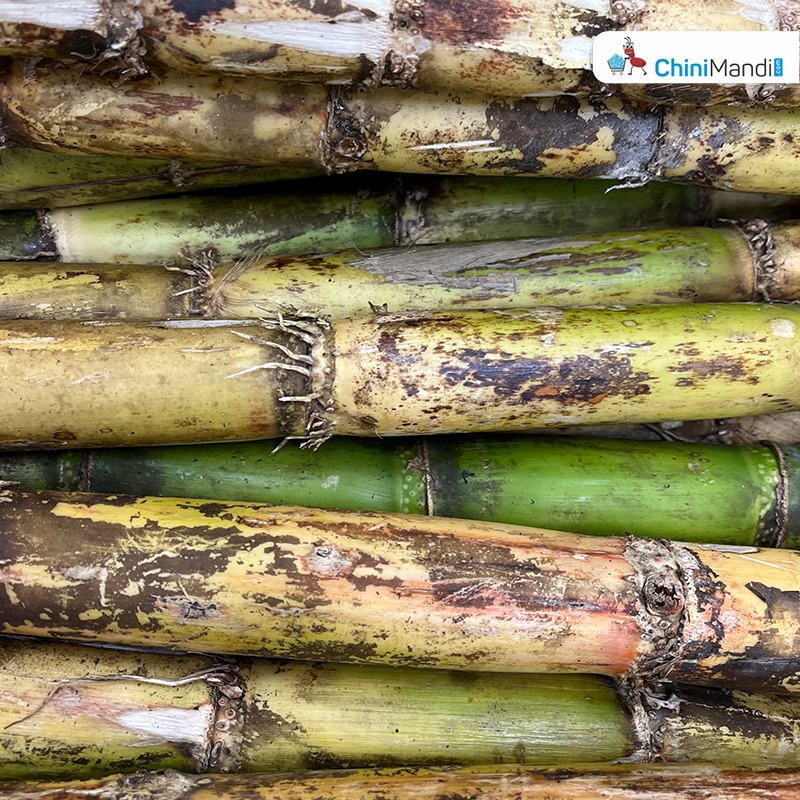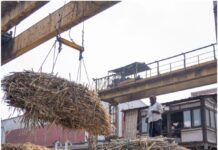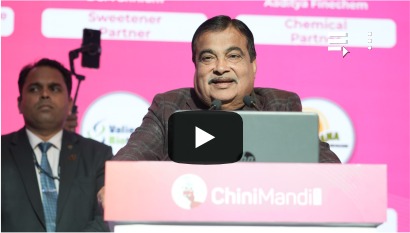Kathmandu: The government, led by Prime Minister Pushpa Kamal Dahal, announced on Sunday its decision to disburse a subsidy of Rs520 million to sugarcane farmers promptly, reported Kathmandu Post.
The decision was reached during a meeting chaired by the Prime Minister and attended by relevant ministers and officials, as disclosed by the Prime Minister’s Secretariat.
This move follows a recent protest by farmers in Sarlahi, urging the government to allocate the subsidy amount for sugarcane sold in the previous year and establish a minimum support price for the current year. Farmers expressed dissatisfaction, stating that they had received only Rs21 per quintal out of the Rs70 per quintal subsidy announced by the government for last year’s harvest.
In addition to addressing the subsidy concerns, Prime Minister Dahal directed the concerned ministers and secretaries to formulate production-oriented policies, plans, and programs, with a focus on prioritizing the agricultural sector and the welfare of farmers. The meeting was attended by Minister for Finance Prakash Sharan Mahat, Minister for Agriculture Beduram Bhusal, Minister for Industry, Commerce and Supplies Ramesh Rijal, Chief Secretary Baikuntha Aryal, and secretaries from the finance, agriculture, and industry sectors.
Despite the commencement of the crushing season in mid-November, farmers are still awaiting the government’s publication of the floor price. Kapil Muni Mainali, the president of the Federation of Sugarcane Producers Association, argued that this season’s sugarcane price should be set at Rs750 per quintal, considering the rise in sugar prices and production costs.
The government initiated the practice of fixing the floor price for sugarcane in 2018 to mitigate ongoing conflicts between sugarcane farmers and sugar producers. Previously, disagreements over the floor price were an annual tradition, causing tensions between growers and mills during harvest time. The introduction of the government-set floor price aimed to bring stability to sugarcane pricing, departing from the earlier norm of aligning prices with those paid by Indian mills to their farmers.

















